15 Things You Can’t Miss in Croatia
Accentuated with scenic destinations and rural respites, only to be topped by a network of natural splendour, Croatia is immutably part of Europe’s most superb sojourns. Here are 15 Things You Can’t Miss in Croatia.
From the Kornati Islands’ alluring archipelago and Zadar’s art installations, along with Korcula’s fairytale-like forests and Braç Island’s panoramic hikes, plus the terracotta-tiled city walls in Dubrovnik and Split’s replete Roman ruins, this country offers a getaway from godsend. Getting a grip on the ultimate snapshot can proffer perturbing possibilities, so I’ve curated the best things to buffer into your bucket list.
Here’s what we cover in this guide:
15 Must-See Attractions in Croatia
How to Get Around Croatia
FAQs
Korcula: Beaches
With secluded, serene beaches and a scope of coves to discover, Korcula renders replete sights to satisfy wondrous souls and spirited explorers alike.
You’ll find the most superb, soft sands and shallow waters in and around Lumbarda.
The village also hosts a range of convenient amenities and restaurants, making it the perfect spot for families to set up for a day in the sunshine.
The southern stretch of the island harbours coves and hidden gems for those avid explorers who want a peak at the more untouched side of Korcula. This part of the island offers more privacy and is generally less developed.
Here are my top picks for the best beaches in Korcula.
Head to one of the following: Raznjic Penisula, Beach Vela Przina, Samograd Bay, Beach Bacva, Pupnatska Luka Beach, Bratinja Luka Beach & Orlandusa Beach, or Beach Zitna.
Korcula Island’s beach scene is indisputably one of the things you must do in Croatia, so strip off and dive head-first into the water!
Split: Marjan Hill
Tucked towards the west of Split, Marjan Hill is a steep forested region offering a respite from the bustling city crowds. Fringed by classic Mediterranean pine trees, the heaving hilltops boast an abundance of serenity and natural scenery. If you need a bit of greenery, fresh air, and even, dare I say it, exercise, then this will most definitely tick your boxes.
This brisk hike is best done in the early morning before the day's heat kicks in. Stumble upon Marjan Hill’s cute little cafe, home to many city views. Order a morning coffee (or two), and sit back while you take in the picture-perfect panoramas.
Are you interested in a bit of Split’s history? On the east side of Marjan Hill, you’ll encounter a Jewish cemetery, St. Nicolas Church, and a myriad of tombstones dotted over the hill. Bene Beach and a recreational centre are near the northwestern part of Marjan Hill. You’ll find various tennis courts, a soccer field, an open-air gym and a playground. You can even hire kayaks from this point. Activity enthusiasts, this is your calling!
Additionally, Split renders copious opportunities for a quick getaway from the city. Take a look at the 12 Best Day Trips from Split to find out what’s the best option for you.
Dubrovnik: City Walls
These intact, imperious walls are one of the major reasons Dubrovnik qualifies as a UNESCO World Heritage Site.
This medieval masterpiece magnifies the terracotta-tiled Old Town whilst providing pinnacle points to look out over the ruins, battlements, crashing coastline and even Lokrum Island.
These limestone, white-washed walls span nearly 2000m in length and feature 6 prominent fortresses (Lovrijenac, Revelin, Minčeta, Bokar, St John and St Lucas).
Stop halfway for a freshly served gelato or a traditional Croatian beer, and soak up all the sights on offer. Arrive around an hour before the sun sets to watch the sun paint the town scintillating shades of pink and hazy orange hues.
Scaling Dubrovnik’s City Walls is at the top of Croatia's ultimate list of things to do. If you like hitting the heights, don’t miss it!
Bordering the Adriatic Sea, Dubrovnik also serves as a suitable base to wander astray out into the surrounding islands.
From the bucolic villages and verdant forests to the pristine waters and historical gems, check out the 14 Best Day Trips from Dubrovnik.
Plitvice Lakes National Park
Plitvice Lakes is pinned as Croatia’s number one natural attraction and for bloody good reason. From the verdant forest fringing the rocky outcrops to the cascading waterfalls soaring down into the turquoise pools of freshwater, this is indisputably worth every single second.
Situated near the Dinaric Alps, the Plitvice Lakes National Park comprises a canyon in which sixteen lakes cascade from one to the next via an intricate series of idyllic waterfalls. This scene looks like it’s honestly been painted from a fairytale book…
Stroll the scenes at your own pace via the park’s network of boardwalks and hiking trails, and make sure you stumble across Plitvice’s biggest attraction, the Veliki Slap Waterfall.
*Do keep in mind that you can’t swim in the lakes. However, you can hop on a boat ride across the deepest lake in the park, Lake Kozjak. This water opportunity offers some unique perspectives on the park’s natural splendour.
Zadar: Salutation to the Sun
Crowning the cobalt-blue waterfront lies Zadar’s very own solar-powered disco floor. Spanning 22 meters, the circle-shaped disc is meticulously layered with over 300 solar glass panels.
Commonly referred to as ‘Salutation to the Sun’, the art installation absorbs the sun’s energy by soaking up the solar rays, dazzling you all the more by dawn. Once the sun has set, the gigantic disc lights up, performing a vibrant and vivacious light show.
Some say it simulates a 70s disco floor; others pin it for its rainbow glow. Keep a close eye out for the details; you’ll be surprised by what you can find here. Hint: there are even a variety of smaller discs representing faraway planets in our solar system…
If you want this space all to yourself, your best bet is to visit early in the morning. If you want a slice of the cheery, artistic atmosphere of what’s on offer, then make your way here for sunset.
Korcula: Old Town
Korcula’s Old Town is nestled in a net of narrow alleyways, hidden gems and edifices etched with colourful pot plants. Sitting on the rim of the small peninsula, Medieval ‘Mini-Dubrovnik’ is illustrated by terracotta-topped homes and hefty stone walls.
The island’s Old Town is structured similarly to a fishbone: meticulously laid out to protect and preserve the city against strong sea winds. Unlike Dubrovnik or Split, Korcula’s Old Town is relatively small, making it easier to marvel at the monuments in less time.
Dive into the spirit of exploration as you uncover the rich historical and cultural gems throughout the island. Don’t miss St Mark’s Cathedral in the central square, the paintings by Tintoretto, the Town Museum (Gradski muzej), and the Abbey Treasury (Opatska Riznica), which was once the Bishop’s Palace. Climb the Revelin Tower to get a scope of the striking scenery.
If you want an extensive look with a local tour guide, I’d recommend this Old Town Walking Tour. With a wealth of intact architecture, narrow alleyways, traditional restaurants and unique finds, Korcula’s Old Town is one of the top things to do in Croatia.
Brač Island: Vidova Gora
The Dalmatian Coast’s highest peak, Vidova Gora, encapsulates the island of Brac in all her might and glory.
The depth drops precipitously, proffering panoramas of the Adriatic Sea, Zlatni Rat Beach, Bol, Hvar Island, Italy, and the Croatian mainland.
Scaling the signposted tracks through lush greenery, rocky clifftops and towering treetops, the hike winds through natural scenes that look like they’ve been ripped out of an adventure book.
Immersed in the atmosphere, with birds chirping, the sun beaming and the scents of pine trees, the experience is intriguing and revitalising in its own right.
The trail sets out from the north-western cusp of the city centre in Donje Podbarje. The steep incline of 778m (2,552 feet) offers avid hikers profusely impressive sights.
The hike takes around 2-3 hours to complete but differs depending on your speed and how many stops you take.
Hiking Vidova Gora is easily one of the most epic things to do in Croatia in September.
The spring and autumn seasons offer pristine trekking conditions without the sun drenching you in the process. During the summer period, there’s even a bar on top where you can smash a cold beer or two. Bottoms up!
Kornati Islands National Park
Croatia’s Kornati Islands harbours a wealth of jagged rocky outcrops, paradisal islets and tempting turquoise waters. The best part? The eclectic array of what’s on offer here in Kornati’s archipelago is almost deserted, making its mark more potent in your memory bank.
Unlike Croatia’s popularised Plitvice Lakes and Krka National Park, the Kornati Islands are swarming in their very own unique flavour, with a spectacle of small islands composed of amply arid, lunar-like landscapes.
Encompassing over 140 islands and islets, spanning a space of only 35 kilometres, the speckled scenery pins it as a truly diverse destination, and the captivating contrast between each of the replete realms makes this a certain pinnacle point along Croatia’s Dalmatian coast.
From the exposed rugged coast and sheer clifftops to the subtle sounds of crashing waves and wildlife chirping, this is truly an all-encompassing sensory experience. Get your explorer goggles on, and don’t forget to add this to your Croatian bucket list.
Dubrovnik: Old Town
Ponder around the perplexing, puzzle-like streets of the Old Town. From the charming cathedrals and architectural gems to grasping the gist of the grid-like array of alleyways, Dubrovnik’s Old Town will have you feeling like you’re meandering through a movie scene.
Beyond the surface of the grandiose houses, roaring restaurants, and boutique stores, you’ll find much more than just that.
Let your curiosity run wild and stroll the streets at your own pace, paying attention to the stellar spots speckled around each corner.
Don’t miss out on the main street, known as Stradun or Placa. Dubrovnik’s Old Town highlights include Sponza Palace, the Cathedral, Rector’s Palace, Roland’s Column and the Franciscan Monastery.
Save yourself some pennies by filling up your water bottles from Onofrio’s Fountain. For the full ambience, head here in the evening for a bite to eat at one of the sprawling sea-to-table restaurants.
This UNESCO Listed Site is undoubtedly one for the books, especially if you can squeeze in a visit during the low season.
The spring period offers fewer crowds and more affordable prices, making it one of the best things to do in Croatia from September - November.
Brac Island: Zlatni Rat
Croatia is notorious for its blissful blue beachfront, and Brac Island’s Golden Horn, locally known as Zlatni Rat, is no exception. The scene is illustrated by finite sand pouring into a v-shape into the Adriatic Sea, creating a visual delight. The golden tones interplay with the striking turquoise and cobalt-coloured shades, making the experience all the more marvellous.
Located on the southern coast of the island, right by the top resort in Bol, the path leading to Zlatni Rat is surrounded by pine trees and features various pop-up shops, ice cream stands and local vendors selling their homemade products.
Considering its strategic location, the tongue-like shape of Zlatni Rat Beach alters ever so slightly as the tides and winds change throughout the course of the day. The ‘Golden Horn’ beach is bombarded with beach bums and avid water sports enthusiasts. This is a stellar spot to windsurf, kayak, stand-up paddle-board (SUP) and go diving, amongst many other things. Check out locally-owned Zoo-Station and Big Blue Sports, which have equipment up for grabs. Brač Island is home to one of the best beaches in Croatia!
Elaphiti Islands
Croatia’s Elaphiti Islands are teeming with natural wonders, sure to rank your trajectory through the archipelago as one of the most captivating experiences. If you’re on the hunt for unique things to do near Dubrovnik, you won’t want to miss a tour around these fourteen idyllic islands and islets.
Sitting just off the cusp of the Croatian coastline, the Elaphite Islands proffer fewer tourists and more authentic insight into the country’s rich culture.
From wine tasting paired with freshly caught seafood to swimming in caves and simply soaking up the sunshine, a day trip spent island hopping through the Elaphiti archipelago is exactly what you need.
Zadar: Sea Organ
Don’t miss the giant harmonica, courtesy of the ocean. Adjacent to the sunset lovers ‘Salutation to the Sun’, you’ll come face to face with something truly unique. Listen to the hypnotic melodies and stellar sounds produced by none other than Zadar’s Sea Organ.
Framed by a stone staircase of carefully cut concrete steps, the installation is equipped with underwater pipes that push wistful gusts of air through the system and relay myriad musical notes when inundated with water. This structural set-up, therefore, produces a ‘harmonica effect’, creating an intrinsic melody of soothing sounds. The volume actually increases as ferries or boats pass by.
Visually speaking, it’s not something that strikes you straight away. But, if you sit on the staircase and listen intently, you’ll get lost in the sea’s harmony. And on that note, you’ll never catch the exact same sound more than once...
The contrast of the cold, concrete waterfront fused with the titillating tones of the sea creates a memorable, distinctive experience, to say the least. Visit the Sea Organ at sunrise or during the early morning if you want to get the best of it yourself. If you don’t mind the chatter and cheer of others, then sunset offers a wonderful ambience.
Dubrovnik: Cliffside Bars
Are you wondering what locals do in Croatia? Seeking something a little out of the ordinary? Get off the tourist trail and jump down to one of the city’s cliffside bars.
Discover a haven deprived of the downtown flocks of frenzied tourists as you sip (or skull) your summer evening away.
Just a short 5-minute stroll from Dubrovnik’s Old Town, you’ll find two terraces from Bard Bar and Buža II.
Hugging the cusp of the clifftop, you’ll find luxe, sea-view scenery scattered around. Peak down at the playful swimmers splashing in the ocean below or at the gigantic walls towering above.
These bars offer one of the top things to do in Croatia at any time of the year, and they’re a sublime spot to sit back and soak up the ambience. To get a decent table, you’ll need to arrive earlier, around 6 pm, more or less.
Split: Old Town
A must-see in Croatia: Split’s Old Town. Stroll through the labyrinth-like streets and the rich tapestry of Roman ruins, and spot the many filming sites from Game of Thrones.
Peristil Square has to be one of the best spots to soak up Split in all its glory, especially by night. This former Roman court is replete with architectural gems, marble tiles, and soaring sights and on top of all that, there are even two 3,500-year-old Egyptian sphinxes here.
Peristil Square, by day, is teeming with tourists, avid photographers and history fanatics as such, but by night, the plaza is bought to life by musical performances and the cheer and chatter of those amidst the spectacle.
Diocletian’s Palace is an intact 4th-century complex that embraces none other than Diocletian’s villa and the ruins of a military camp. The scope of the palace is engulfed with surprises tucked away in every nook and cranny, and there’s truly nothing else in Europe that parallels it. This UNESCO World Heritage Site dominates Split’s historic scene and deserves to be at the top of your Croatian bucket list.
Krka National Park
Verdant forests encapsulate the rolling realms of waterfalls and turquoise waters, making Krka National Park a natural wonder in its own right. Verily, this makes for one of the best day trips from Split, Croatia.
The national park encloses much of the lengthy Krka River, and along the banks, you’ll find landscapes that literally look like they’ve been ripped out of an adventure book.
One of the most well-known nooks of the Krka region is the Skradinski Buk Waterfalls. This is truly a spectacle indeed.
The tapestry of plunging, scattered waterfalls that pound the riverbed make for a picture-perfect place for swimming and soaking up the unique scenery.
Croatia’s Krka National Park is home to seven waterfalls, and even stone houses and old watermills are dotted around too.
Spot the Franciscan Monastery on Visovac Island, take a dip in the freshwater pools at Roski Slap Waterfall, or embark on one of the many hiking trails that fringe the national park.
How to Get Around Croatia
By ferry
Ferry services run in the masses in Croatia, with many linking the Croatian mainland and the Adriatic Islands. The vast majority are run by Jadrolinija, and additional private options are available.
Trips out to the islands run frequently, prices are reasonable, and there are options for cars and motorbikes.
By Aeroplane
Flying between the major cities is the best way to save time. Croatia Airlines operates domestic services. However, the prices vary significantly depending on the time of year and how far ahead you book.
By car
Renting a car in Croatia can sometimes work out cheaper, depending on the season. If you’re travelling to Croatia during peak season, I’d recommend hiring a car in advance.
Check out DiscoverCars to compare the best option tailored to your needs.
By bus
When it comes down to public transport in Croatia, buses are your best bet. Croatia’s bus network is well-integrated and features fairly reliable and affordable options.
It’s advised to purchase tickets a day or two in advance (during the summer period), especially for significant locations like Zagreb, Split, Dubrovnik, or popular coastal destinations. I’d personally recommend booking with Flixbus.
By train
Even though trains are generally slower and less frequent than the bus services, Croatian Railways run a reasonably efficient service and can sometimes work out cheaper. Trains are one of the best options for travelling around inland Croatia, especially if time is of the essence…
Croatia has two different train options: putnički (stopping at every halt) and IC (inter-city trains that are often faster but more expensive). I’d recommend checking out Trainline to compare various options and pricing.
If you’re travelling during the summer, book ahead of time!
FAQS
What is the most famous thing in Croatia?
Croatia is best known for its paradisal beaches, ancient Old Towns and stunning national parks. From Plitvice Lakes National Park to the ancient walls of Dubrovnik, this country is a traveller’s treasure trove.
What not to do when visiting Croatia?
Don’t waste too much time in tourist-targeted spots like Split. Unless you want to go and party all night long, it’s only worth spending a day or two. In 24 hours, you could see Split’s Old Town and Marjan Hill. Done and dusted!
What is the nicest part of Croatia to visit?
The best places to visit in Croatia are Hvar Town, Dubrovnik, Mljet, Zagreb, Istria and Vis Island.
Do they speak English in Croatia?
English is well spoken in Croatia, especially in the major cities, Adriatic Islands, and the Dalmatian coastal destinations.
What is Croatia famous for?
Croatia is known for its beautiful beaches, islands, Game of Thrones sites, national parks, historic ruins, and excellent cuisine.
Is Croatia expensive?
Compared to the surrounding countries, Croatia is a bit more expensive. Budget travel can be done with €50–€60 per day.
What food is famous in Croatia?
The top traditional foods to try in Croatia are black risotto, Boškarin, Peka, Fritule, Brodetto, and Buzara.
What should I avoid in Croatia?
The biggest mistakes to avoid while in Croatia are staying, eating and drinking solely in the city centre or Old Town. So much beauty lies within the outskirts of the tourist-targeted cities. Avoid travelling to previously war-affected areas like Eastern Slavonia, Karlovac County and parts of Zadar County.
Croatia is jam-packed with items to add to your bucket list among the alluring attractions, divine dining opportunities, adventure-fuelled activities, and blissful beaches. The highlights above are easily the best things to do in this country, and they’ve all been tried and tested by yours truly.
If you want to dive deeper, check out this in-depth guide on How to Plan a Trip to Croatia.
If you’re looking for the best things to do in Croatia, save these top-notch travel hot spots to your itinerary. These are 15 Things You Can’t Miss in Croatia. What’s on your bucket list?

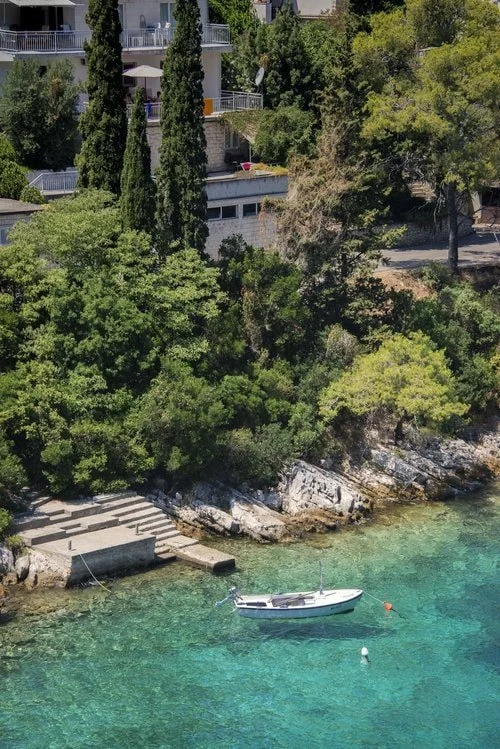

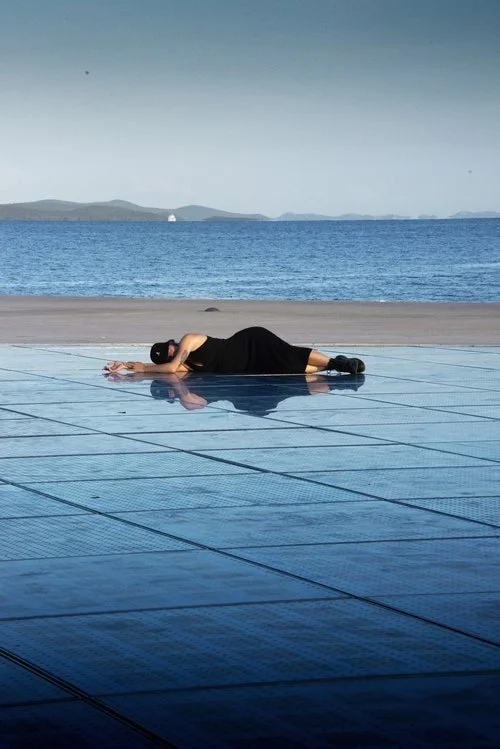
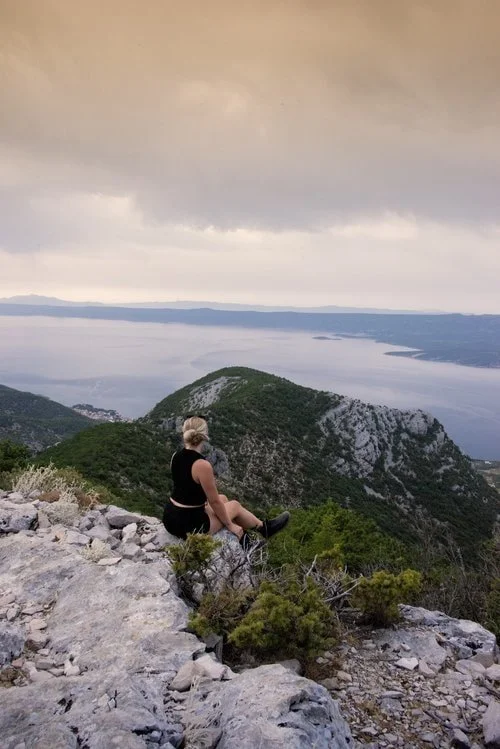
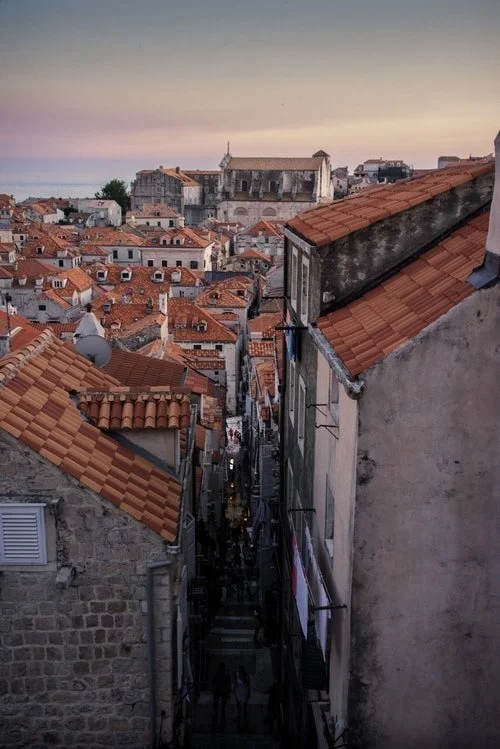
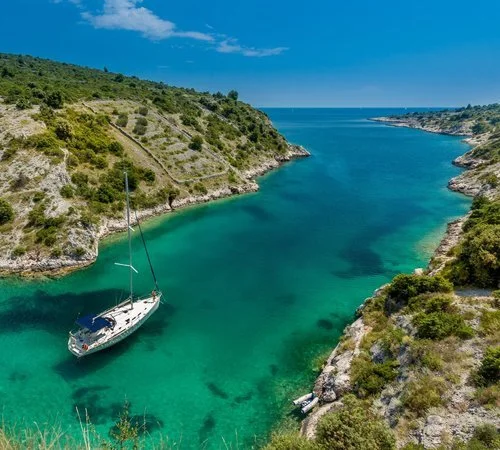
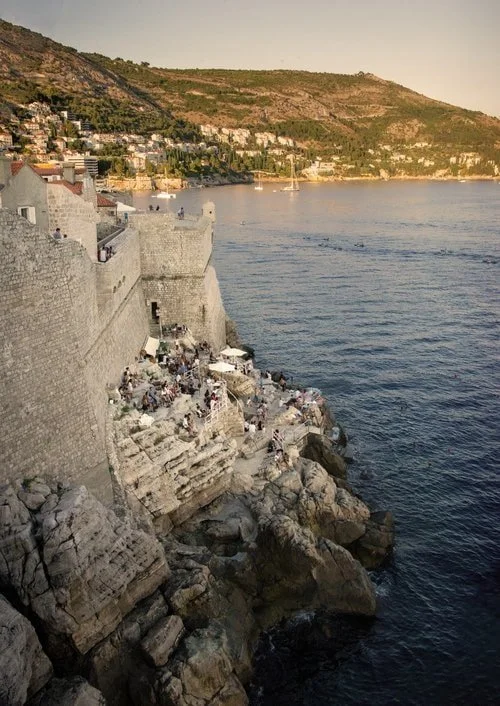
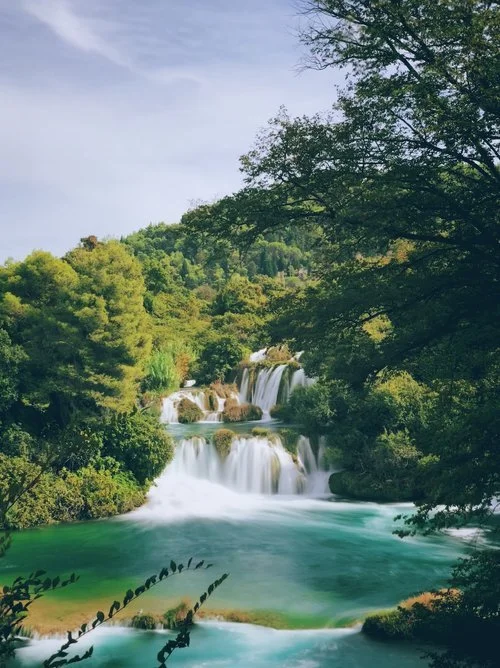
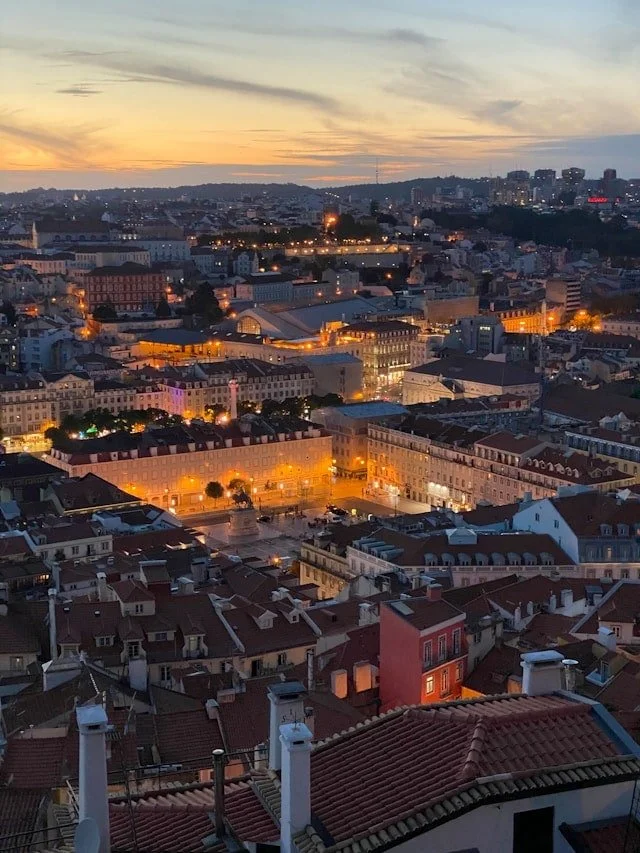

Forget wandering dusty cathedrals or snapping five thousand photos of the same beach. When I visited Mallorca as a solo traveller, I opted for something completely different — something that screams “I’m on holiday and I’m doing the weird, wild, wonderful things.” Enter: Pirates Adventure Show Mallorca.